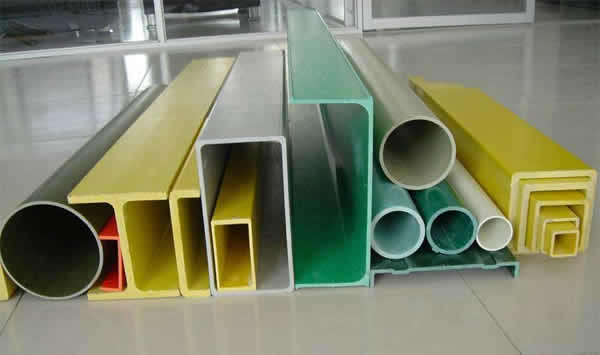In
manufacturing we are always on the lookout for a better material, one that can
withstand any environmental condition, is flexible enough to be shaped as we
want, is durable and gives us good value for money. FRP products
tick all these boxes. This is why it has been a hugely popular product ever
since manufacturers found a way to mass produce it in an economic manner.
One
of the most commonly found FRP product is the pipe. FRP pipe manufacturers
supply to a range of fields, from industrial to construction. It has also
emerged as one of the most favored alternative in these fields, slowly
overtaking more conventional material like steel and aluminum. This is despite
the fact that FRP can be more expensive than these metals.
Growth
in FRP Market
Experts
in India predict a robust growth for FRP pipes in India. This is a simple echo
of the global upward trend. The global industry is
expected to
grow at a CAGR of 3.1% in the 2015-20 time periods. The trend continues despite
the recent slowdown in the global marketplace. The recovery of international
market is only expected to boost it further.
The dominating end use industries in the FRP pipe manufacturing sector will be:
1. Oil & Gas industry
2. Retail Fuel
3. Water distribution
4. Wastewater management
5. Chemical/Industrial products
6. Pulp and Paper
1. Oil & Gas industry
2. Retail Fuel
3. Water distribution
4. Wastewater management
5. Chemical/Industrial products
6. Pulp and Paper
As
we can see most of the industries mentioned here deal with corrosive elements,
such as oil, seawater and wastewater. In such areas FRP pipes are often the
only viable alternative. Other materials like steel and aluminum do not have
the corrosion resistance property or the durability.
Globally,
the major market for FRP pipes remains North America. It is followed by Europe
and then the Asia Pacific region. However, the
biggest boost in growth will come from Asia Pacific region which will soon lead
the demand in FRP market. This is mostly because the region contains a number
of emerging economies, which are engaged in furious industrialization and
development of their infrastructure. Both these activities drive their FRP
demands.
Drivers
of growth
As
mentioned above, growth in FRP pipe manufacturing seems linked to
infrastructural and industrial growth.
Demand
for better water distribution:
As a
number of economies worldwide are now emerging, the demand within their
population for better water distraction is inevitable. Coupled with this is the
increasing health awareness. Consequently, governments are looking for pipes
that are durable, can withstand constant water passage, underground conditions
and be strong enough the supply. FRP pipes fit the bill perfectly.
Development
of wastewater management:
Along
with better water distribution, the need for effective and efficient wastewater
management has also increased. In India alone there are a number of wastewater
plants under construction. FRP pipes are often the only option for carrying the
highly toxic wastewater.
Shale gas exploration:
Gas
exploration again requires the transfer of oil and other natural extracts in
liquid or viscous form. The challenge here is the high corrosive nature of the
liquid. Even highly corrosion resistant materials slowly deteriorate over time.
Hence, FRP pipes are often the only option available. With the rise in demand
for natural gas, the demand for FRP pipes will also go up.
Expanding
offshore oil and gas industry:
Rising
global demand for oil is driving up the expansion of offshore oil and gas
industry. Here the FRP offers the only viable long-term solution not just
because of the corrosive effects of oil and gas, but also because of the
seawater that adds to the highly corrosive environment.
While
the demand for water and wastewater management is driven by the developing
economies of the Asia-Pacific region, the demand in oil exploration usually
comes from North America and the Middle East. Apart from these factors the
increasing urbanization and construction activities across the world are also
adding to the rise in demand for FRP pipes.
Efforts
by the FRP pipe manufacturers,
such as introduction of onsite FRP pipe manufacturing facilities, lowering
production costs and increasing customization has further added to the demand
for FRP pipes. Many manufacturers are now also focusing on the rehabilitation
of FRP pipes to lower its environmental impact.
Conclusion
With
increasing urbanization and the ever increasing demand for oil and gas, FRP
pipe manufacturers will continue to see robust growth.






